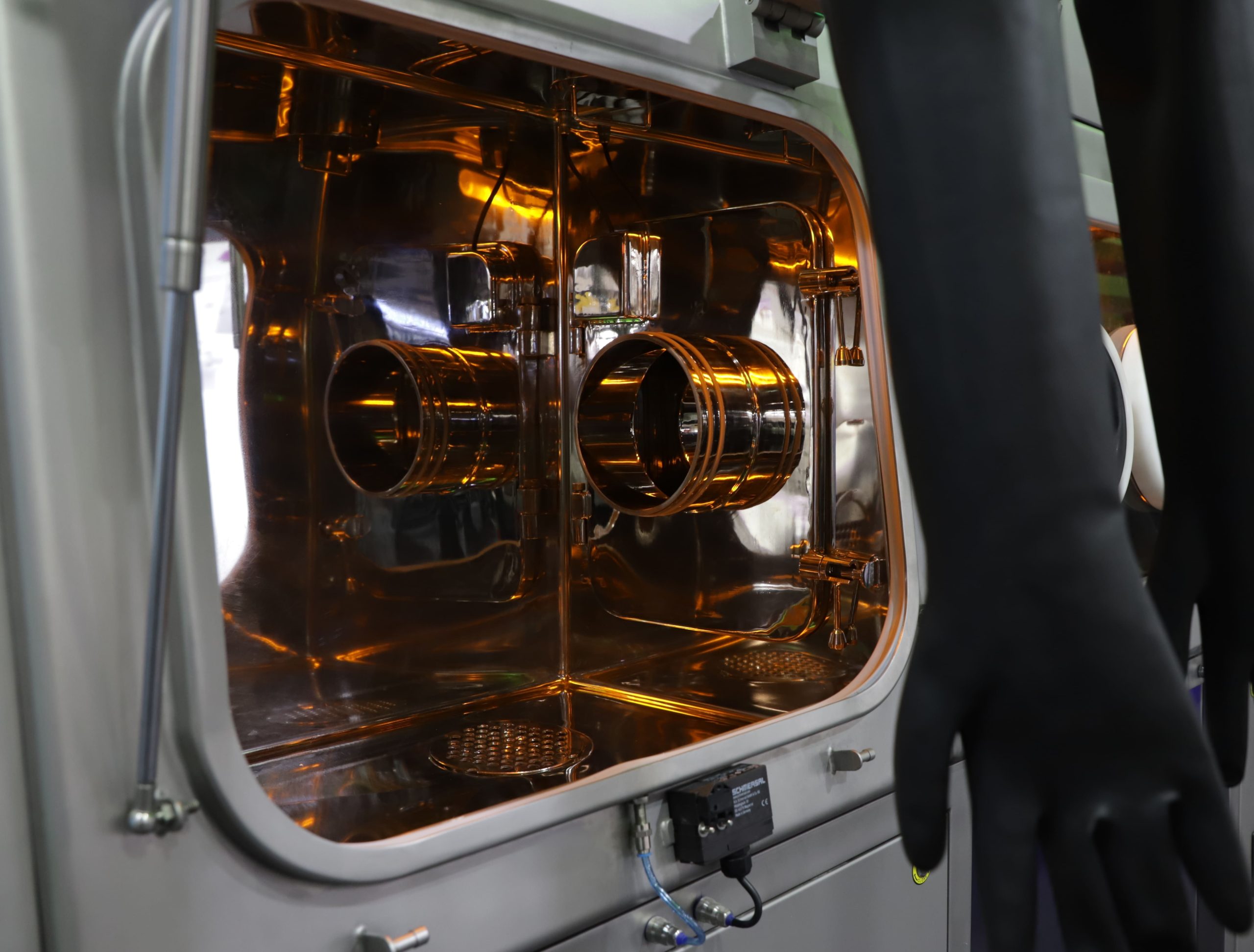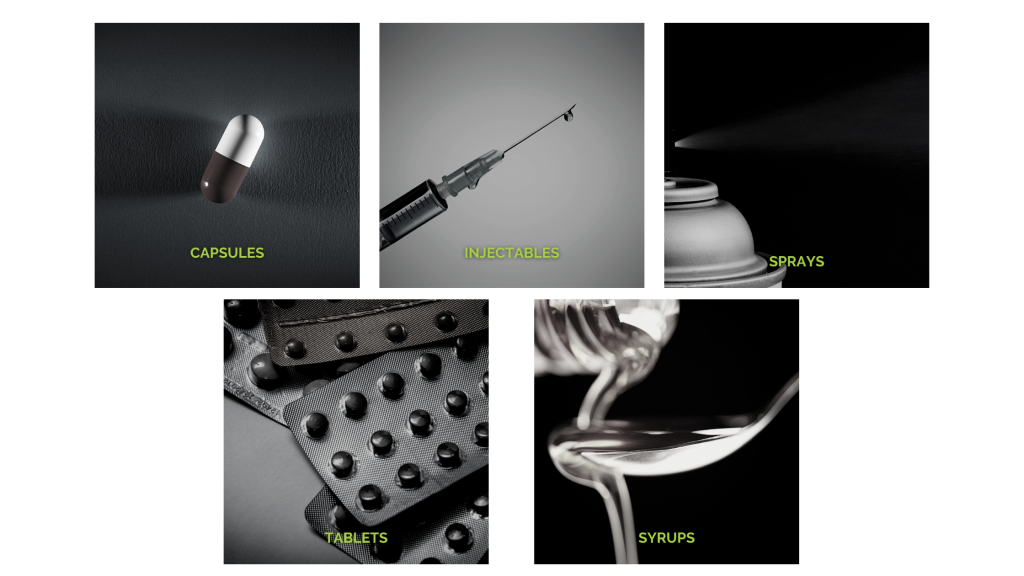
21 Oct API Manufacturing: Here’s what you need to Know!
APIs are the compounds utilized in the production of pharmacological medications. The active ingredient (AI) are the chemicals or substances that are biologically active inside the medicine and are the precise components responsible for the intended effect on the individual consuming it.
Any medicine or medication is made up of two parts. The first is the API, which is the main component. The second is the excipient, which is an inert component that acts as a carrier for the API. If the medication is in the form of syrup, the excipient is the liquid that was used to manufacture it.
APIs are used in:

Characteristics of API Production:
The process involves selecting a complex structure, synthesizing a large quantity of the chosen API, and assessing the compound for quality control and assurance. API producers frequently use predefined standards to establish the strength and amount of an API in a particular drug. However, due to testing methodologies and required potencies, such criteria differ from brand to brand. Poor or damaged APIs are unsuitable in medicines since their quality directly connects to the efficacy of intended outcomes and the safety of treatment. To fulfill FDA rules, staff must accurately complete each stage of the process in line with Good Manufacturing Practices (GMP) criteria.
The Production Process of API:
APIs are typically produced by a combination of biological and chemical methods. How is an active medicinal component created? The manufacturing process for active pharmaceutical ingredients is outlined below.
1.Feed Handling:
The initial stage in the development of API is feed handling. This stage consists of preparing and transporting raw materials for future reactions.
2.Reactions:
Chemical processes turn the feed into the API when the feed components are created. Depending on the API chemistry, API can be produced by chemical synthesis or biotechnology.
2.1. Chemical Process:
Batch reactors, loop reactors, and specialized batch autoclaves are common industrial reactors used to produce chemical synthesis of API.
- Batch Reactors:
Depending on the quantity of production for the API, batch reactors can vary in size from 500 liters to 16 cubic meters. Because contamination is a major problem in the pharmaceutical sector, these reactors are typically constructed in stainless steel or glass-lined mild steel and equipped with a manhole for simple cleaning. In the reactor, agitation is also employed to facilitate mixing and heat transmission.
- Loop Reactor:
A loop reactor is a type of continuously stirred tank reactor that is used for high-pressure gas-liquid processes. A loop reactor is typically much smaller than a batch reactor producing the same amount of product. Replacing the stirred tank reactor with a loop reactor, with chlorine fed to the recirculating liquid stream through an educator, reduces the reactor size, increases productivity and reduces chlorine usage.
- Batch Autoclave:
A batch autoclave is a type of batch reactor that is used for high pressure reactions or solid or slurry inputs. These reactors may run at pressures greater than 5,000 psi and temperatures greater than 500°C.
2.2 Biological Process
Bioreactions are reactions that resemble those that occur in live organisms. Fermentation is an example of biotechnology utilized in API manufacturing, in which a fermenter serves as the reaction vessel.
- Fermenters
Fermenters can be employed in the production of antibiotics by microbial fermentation in API manufacturing. Fast growth rates define the process, which might cause mass and heat transfer concerns. An open tank design is employed for anaerobic operations because the microorganisms build a foam coating of carbon dioxide that prevents the oxygen from the reactants. A stirred tank or sparged tank fermenter is frequently used.
3. Recovery:
The exit stream of pharmaceutical processes may comprise API, unreacted input materials, solvents, and any other reaction additives. The following are typical recovery methods for separating API from reaction byproducts.
4.Distillation
Distillation is a thermal process that uses evaporation to separate liquid species. API processing employs batch, flash, and fractional distillation columns.
5.Membranes
Membranes are frequently used in pressure-driven operations in the pharmaceutical sector. Direct flow filtering is one use of membranes in this business. The feed solution is passed via a membrane, where particles are kept through physical capture or absorption. These membranes are frequently found as cartridges containing the membrane or as disposable capsules.
6.Crystallization
In most synthetic techniques, the final API is frequently solid. Cooling, evaporation, concentration, reaction precipitation, pH change precipitation, and solvent change precipitation are all processes in the process of solid isolation known as crystallization.
7.Filtration
Filtration can be used to separate a solid from a liquid after it has been formed. A calmic or bag filter can be used to remove little amounts of solid, but a nutsche filter is utilized for greater amounts.
8.Centrifugation
The basic idea behind a centrifuge is to generate enough centrifugal force to propel the liquid through a filter media, separating it from the solid. In API production, four types of centrifuges are used: vertical axis with a top discharge centrifuge, horizontal axis centrifuges, vertical axis centrifuges, and peeler discharge centrifuges.
9.Drying
The API may still be moist with reaction solvent after being recovered from reaction byproducts. Dryers are used to evaporate the solvent and create dry API powder. Some pharmaceutical products, such as tablets or capsules, require the API to be in dry powder form in order to be precisely dosed.
Summing-up:
The rising demand for enhanced APIs will only be highlighted by the expanding trend toward new high-tech therapies, the development of fresh and inventive delivery systems, and the advancement of personalized medications. The largest concentrations of API producers now are found in Asia, notably in China and India.
Sales of active pharmaceutical ingredients, which are frequently used to create pharmaceutical goods, will undoubtedly increase due to the demand for medications to treat the aging population. These areas are primarily driving the market for active pharmaceutical ingredients due to a rising elderly population.


Sorry, the comment form is closed at this time.